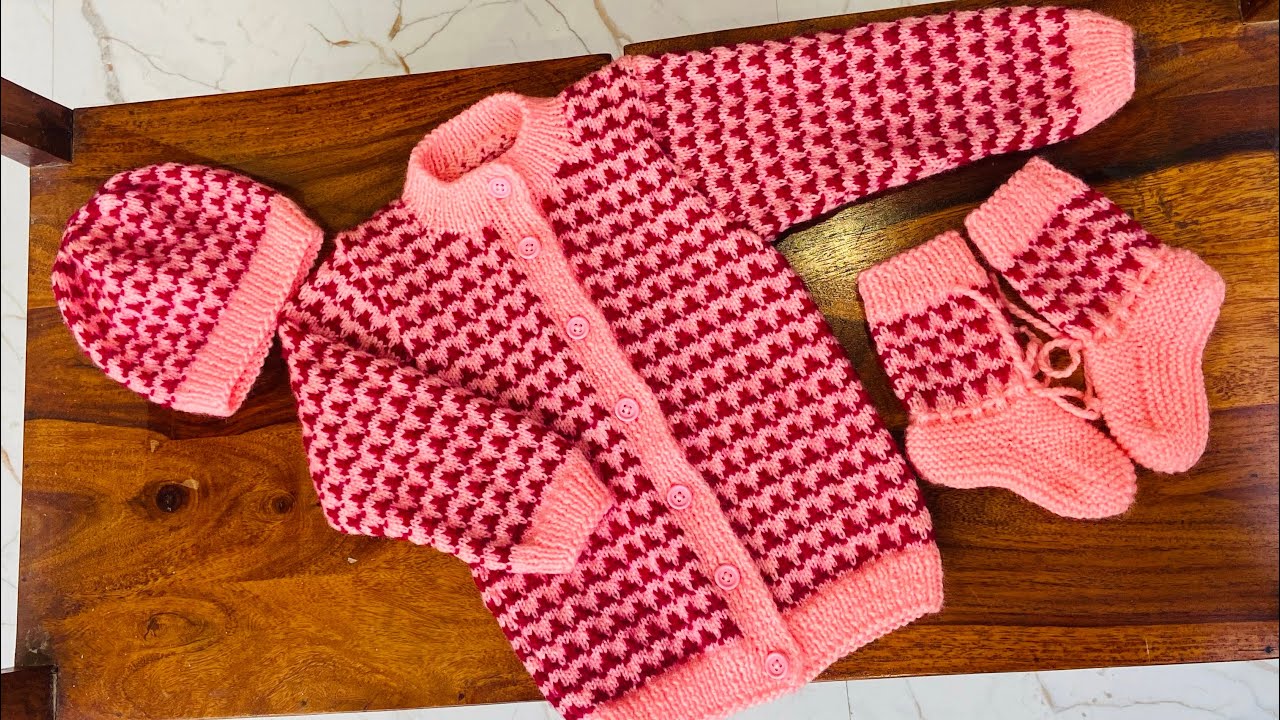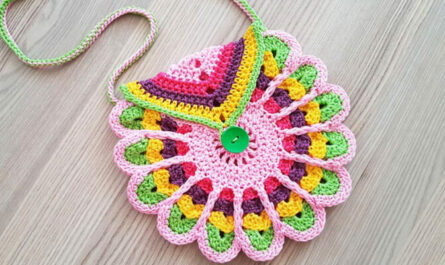There’s nothing quite as heartwarming as dressing a tiny loved one in a garment made with your own hands. For many knitters, a baby sweater, cardigan, or jacket is a rewarding project that combines practicality with a touch of handmade magic. While written patterns are invaluable, a well-produced video tutorial can be a game-changer, especially for beginners or those who prefer visual learning.
This article will guide you on what to look for in an “easy baby sweater cardigan jacket knitting video tutorial,” explaining the benefits of this format and the key techniques you should expect to learn.
Why a Video Tutorial for an Easy Baby Sweater?

Knitting a garment might seem intimidating, but a video tutorial breaks down the process into manageable, bite-sized steps. Here’s why they are so effective for an “easy” baby sweater project:
- Visual Demonstration: Seeing exactly how a stitch is formed, how to pick up stitches, or how to shape an armhole is infinitely clearer than reading text instructions. This is especially true for techniques like increasing, decreasing, or seaming.
- Pacing Control: You can pause, rewind, and rewatch sections as many times as you need. This allows you to work at your own pace without feeling rushed or lost.
- Troubleshooting: If your stitch count isn’t matching, or your fabric looks off, you can often compare your work directly with the tutorial to identify potential errors.
- Confidence Booster: Successfully following a visual guide from start to finish builds immense confidence, empowering you to tackle more complex projects in the future.
- Accessibility: Many tutorials offer subtitles or clear verbal instructions, making them accessible to a wide audience.
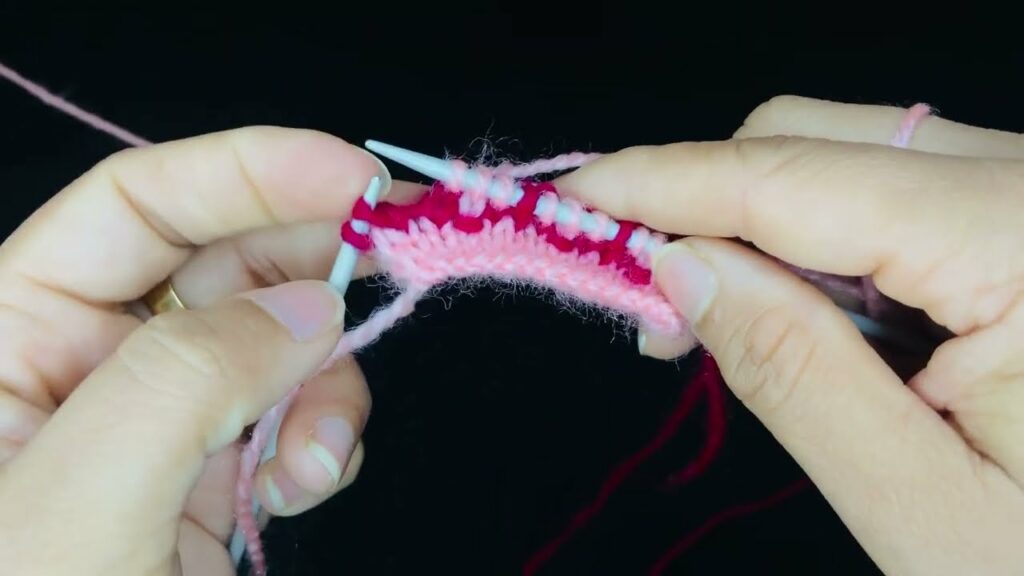
What Makes a Baby Sweater “Easy” for a Video Tutorial?
When searching for a tutorial, “easy” usually implies:
- Simple Stitches: Primarily garter stitch (knit every row) or stockinette stitch (knit one row, purl one row). Ribbing for edgings is also common.
- Minimal Shaping: Often uses basic increases (Knit Front Back – KFB, Yarn Over – YO) and decreases (Knit Two Together – K2tog, Slip Slip Knit – SSK) that are straightforward to learn.
- Seaming or Seamless Design: Many “easy” patterns are designed to be seamless (often top-down raglan) to avoid tricky seaming, or they use very simple seams (like mattress stitch) that are demonstrated clearly.
- Standard Yarn Weights: Typically uses DK (double knitting), worsted, or even chunky yarn, which knit up relatively quickly and show stitch definition well.
- Clear Instructions: The tutorial will be slow-paced, well-lit, and the knitter’s hands will be clearly visible.
Key Sections to Expect in an Excellent “Easy Baby Sweater Cardigan Jacket” Video Tutorial:
A comprehensive video tutorial will guide you from preparation to the final touches. Here’s a breakdown of what to look for in each segment:
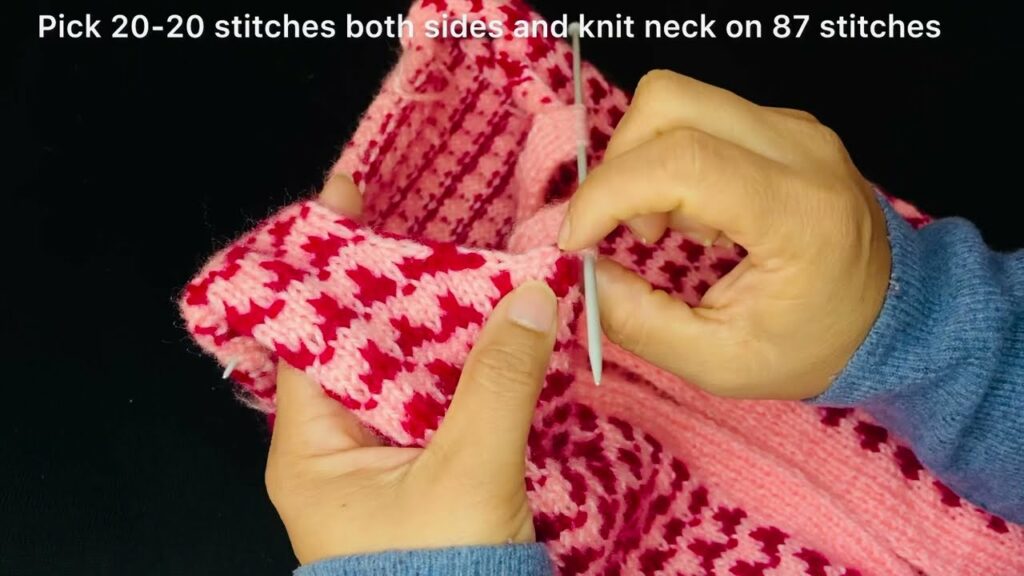
1. Introduction and Materials:
- Project Overview: A quick glimpse of the finished sweater, clearly stating what size it is for (e.g., newborn, 3-6 months).
- Yarn Recommendation: The tutorial should specify the yarn weight (e.g., DK, Worsted), fiber content (e.g., superwash merino), and estimated yardage. Look for suggestions for baby-friendly yarns (soft, washable).
- Needle Size: Clearly states the recommended needle size and potentially provides alternatives for different gauges.
- Notions: Lists essential tools like stitch markers, tapestry needle, measuring tape, scissors, and buttons.
- Gauge Swatch Explanation: This is CRUCIAL for any knitting project. The tutorial should explain why gauge is important and demonstrate how to knit a gauge swatch and measure it accurately. It might also show how to adjust needle size based on your swatch.
2. Starting the Project (Cast On & Ribbing/Border):
- Cast-On Method: A clear demonstration of a common cast-on method (e.g., Long Tail Cast-On, knitted cast-on). The tutorial should explain how many stitches to cast on for the specific size.
- Working the Border: Shows how to knit the initial border (usually garter stitch or ribbing) that will form the bottom of the sweater or the front bands of the cardigan.
- Setting Up for the Body: Instructions on transitioning from the border stitch to the main body stitch pattern.
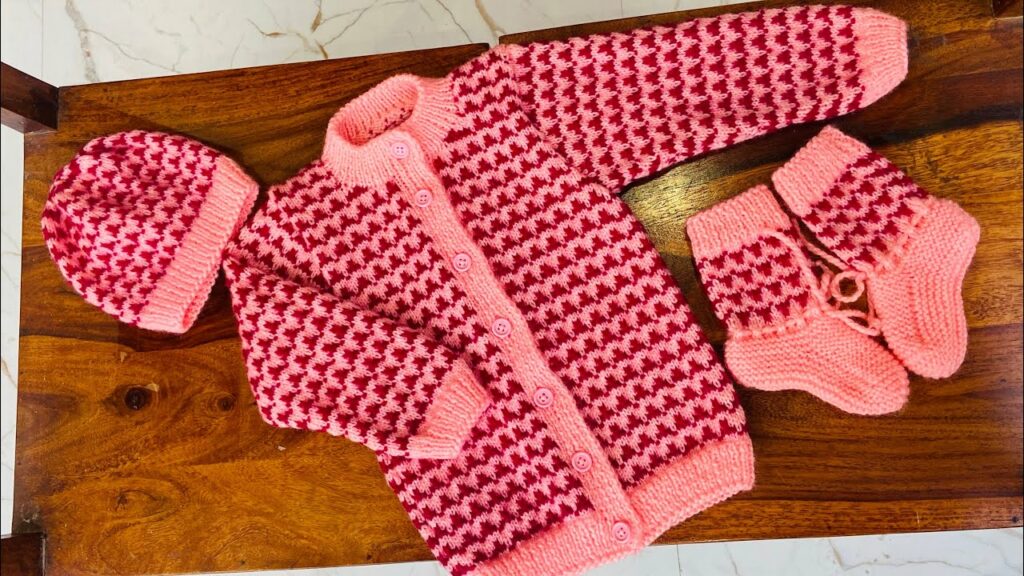
3. Body Construction (Main Sections):
- Stitch Pattern Demonstration: Clear, close-up visuals of how to execute the main stitch pattern (e.g., knitting and purling for stockinette, knit every row for garter).
- Shaping the Body:
- Increases/Decreases: If shaping is involved (e.g., for an A-line shape), the tutorial will demonstrate the increase/decrease method used (e.g., KFB, M1L/R, K2tog, SSK).
- Raglan Shaping (for Top-Down): If it’s a seamless top-down cardigan, this section will be detailed, showing how to create the distinctive raglan lines with increases at specific points for the sleeves and body.
- Splitting for Armholes: For bottom-up or seamed constructions, the video will clearly show how to separate the front and back pieces, and how to create the armhole openings.
4. Sleeves:
- Picking Up Stitches (for Seamless): If the sleeves are worked seamlessly from the armhole, the tutorial will demonstrate how to pick up stitches neatly around the armhole opening.
- Knitting the Sleeve: Instructions on working the sleeve in the round or flat, including any shaping (e.g., decreases for tapering).
- Cuff Creation: Demonstrates the chosen cuff stitch (ribbing, garter) and how to finish it.
5. Neckline and Button Bands:
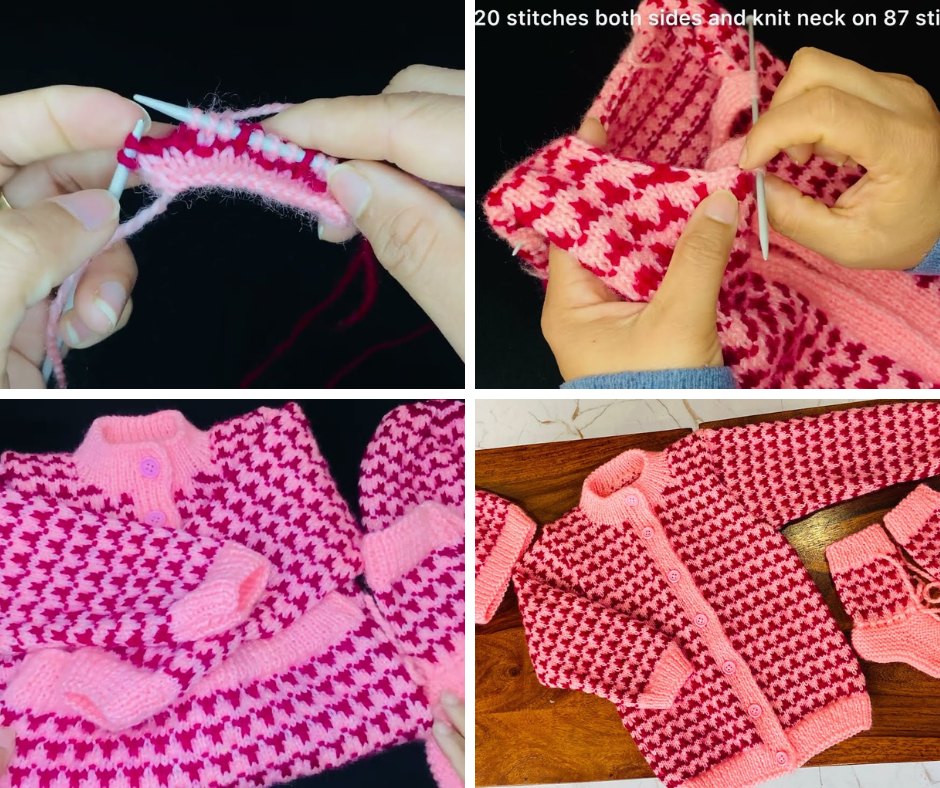
- Neckline Shaping: Instructions on how to decrease stitches to create the desired neckline shape (V-neck, round neck).
- Picking Up Stitches for Neckband/Button Band: A clear visual on how to pick up stitches evenly along the neckline and front edges for the button bands. This is often a critical step for a professional finish.
- Knitting the Neckband/Button Band: Demonstrates the stitch pattern for the bands.
- Buttonholes: This is a key feature for a cardigan. The tutorial should show a clear, easy method for creating buttonholes (e.g., a one-row buttonhole). It should also explain how to evenly space them.
6. Finishing Touches:
- Seaming (if applicable): If the pieces are knit flat, the tutorial will show a clear seaming method (e.g., mattress stitch for invisible seams).
- Weaving in Ends: Demonstrates how to neatly weave in all yarn tails for a professional look.
- Blocking: Explains what blocking is and how to gently wet and shape the finished garment to open up stitches and ensure evenness. This is especially important for wool.
- Attaching Buttons: How to securely sew on buttons.
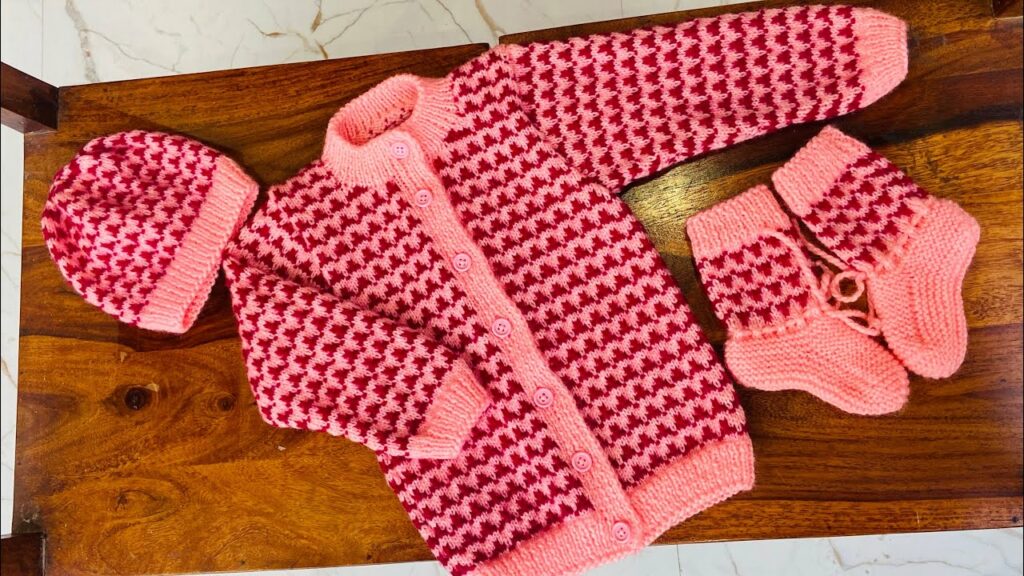
Tips for Choosing the Best Video Tutorial:
- Read Comments: Check the comments section for feedback from other knitters. Do they find it easy to follow? Are there common issues?
- Check the Creator’s Style: Watch a short segment to see if the knitter’s pace, clarity, and personality suit your learning style.
- Lighting and Camera Angles: Good lighting and clear close-ups of the hands are essential.
- Language and Subtitles: Ensure the language is understandable, or that subtitles are available and accurate.
- Completion Rate/Length: While longer tutorials can be more detailed, ensure it’s broken into manageable parts.
- Video tutorial :
By understanding what goes into a great “easy baby sweater cardigan jacket knitting video tutorial,” you’ll be well-equipped to find the perfect guide to help you create a beautiful, handmade gift that will be cherished for years to come. Happy knitting!
